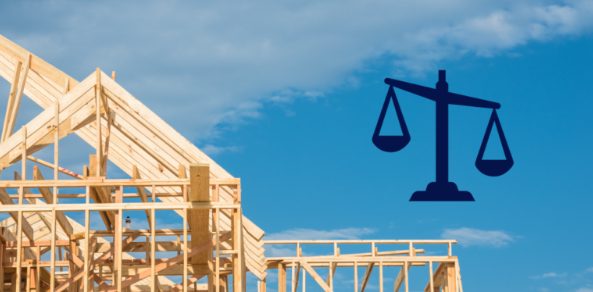In the realm of construction, where dreams of sturdy structures and comfortable abodes take flight, the Great Western Buildings lawsuit stands as a stark reminder of the challenges that can arise when projects go awry. This legal saga, involving a series of construction defects and subsequent legal battles, has left a lasting impact on the industry, highlighting the importance of upholding quality standards and ethical practices.
The Genesis of the Lawsuit: A Litany of Construction Defects
The Great Western Buildings lawsuit stemmed from a series of construction projects undertaken by Great Western Building Systems, a metal building supplier based in Colorado. These projects, ranging from residential homes to commercial buildings, were marred by a multitude of defects, casting a shadow over the company’s reputation and leaving homeowners and investors grappling with the consequences.
At the heart of the lawsuit lay allegations of substandard materials, faulty foundations, and inadequate construction practices. These defects resulted in a range of issues, including structural instability, water damage, and health hazards. Residents of affected properties faced the daunting task of addressing these problems, often at significant financial cost.
The Legal Battlefield: Seeking Justice and Accountability
As the extent of the construction defects became apparent, homeowners and investors took legal action against Great Western Building Systems. The lawsuit, filed in the United States District Court for the District of Colorado, sought compensation for damages and demanded accountability from the company.
The legal battle was complex and protracted, with both sides presenting their arguments and evidence. Experts testified to the severity of the construction defects, while the company defended its practices and sought to limit its liability.
The Court’s Ruling: A Partial Victory for Plaintiffs
After years of litigation, the court issued its ruling, providing a measure of relief for the plaintiffs. The court found that Great Western Building Systems had breached its contracts and was liable for damages caused by the construction defects.
However, the court also apportioned liability among other parties involved in the projects, such as contractors and subcontractors. This decision reflected the complexities of the construction industry, where responsibility for defects can be shared among multiple entities.
The Aftermath: Impacts on Residents, Investors, and the Industry
The Great Western Buildings lawsuit had far-reaching consequences, affecting not only the parties directly involved but also the broader construction industry. For residents and investors, the lawsuit highlighted the importance of thorough due diligence and the need for strong consumer protections.
The lawsuit also served as a wake-up call for the construction industry, emphasizing the importance of upholding quality standards, adhering to building codes, and maintaining transparent communication with clients. The industry has since implemented measures to improve oversight and reduce the risk of similar lawsuits.
Lessons Learned: A Call for Quality, Transparency, and Accountability
The Great Western Buildings lawsuit stands as a cautionary tale in the construction industry, underscoring the importance of quality, transparency, and accountability. It serves as a reminder that even in the pursuit of efficiency and cost-effectiveness, never should the integrity of structures and the well-being of occupants be compromised.
Key Takeaways
- Construction defects can have significant consequences for homeowners, investors, and the overall reputation of the industry.
- Thorough due diligence, strong consumer protections, and adherence to building codes are essential to prevent construction defects.
- Open communication and transparency between construction companies and clients can help identify and address potential issues early on.
- The construction industry should continuously strive to improve quality standards and ethical practices to maintain public trust and ensure the safety and integrity of structures.
Conclusion
According to Tech Pattern, The Great Western Buildings lawsuit serves as a stark reminder of the potential consequences of construction defects, highlighting the importance of quality, transparency, and accountability in the construction industry. By adopting stricter quality control measures, selecting qualified contractors, establishing clear communication channels, and promoting a culture of continuous improvement, companies can minimize the risk of defects, protect the safety and well-being of occupants, and safeguard their reputation in the industry.




